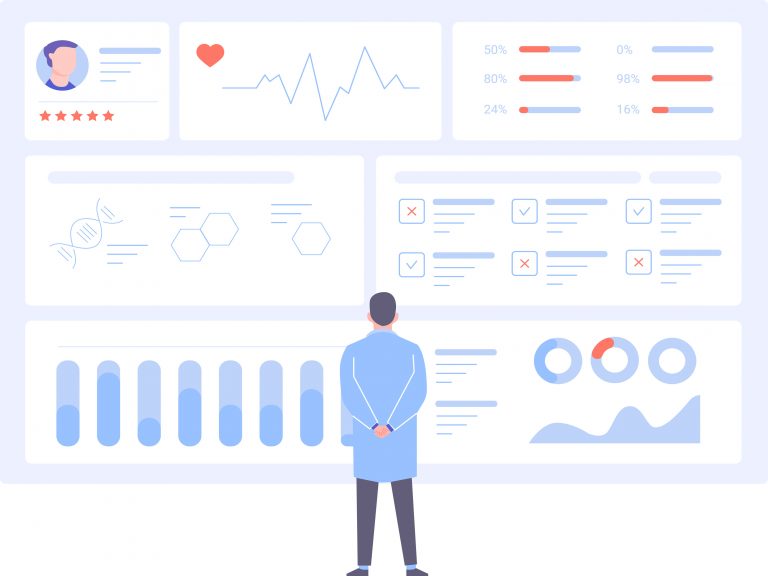Real-world data is the bridge between clinical experimentation and the broader, informed use of new medicine in a population. Real-world data enables us to predict how a product may benefit or harm individuals outside of controlled trials. This data helps regulators and life science companies determine if a product is ready for full market authorization (or, possibly, an emergency use authorization), evaluating the safety and efficacy in the clinical experiment. It supports doctors and patients who must decide for themselves if a particular treatment is a right path to take.
Dr. Micheal Kurilla (NCATS) presents data-generating Expended Access programs

As part of the clinical development of therapeutics, vaccines (such as COVID-19 Vaccines), and diagnostics, real-world data is the sum of all information gathered about a product’s impact on individual patients via sources outside of controlled medical research trials. When analyzed and used to make generalizable conclusions, the data becomes real-world evidence.
Real world data comes in three forms:


Research trials are also very small relative to the number of patients with unmet medical needs; they’re not able to provide treatment options. But Expanded Access programs have a different goal; they are primarily for treatment. Expanded Access programs have generated vast amounts of real-world data that have supported or quickened the path to market approval. Prominent examples include cancer drugs Gleevec (2000-2003), Iressa (2001-2005), and Lutathera (2017-2019).
Free Webinar Series: Ax-S Thursdays, the Fusion of Clinical Research and Modern Healthcare
Necessary cookies are absolutely essential for the website to function properly. This category only includes cookies that ensures basic functionalities and security features of the website. These cookies do not store any personal information.
Any cookies that may not be particularly necessary for the website to function and is used specifically to collect user personal data via analytics, ads, other embedded contents are termed as non-necessary cookies. It is mandatory to procure user consent prior to running these cookies on your website.